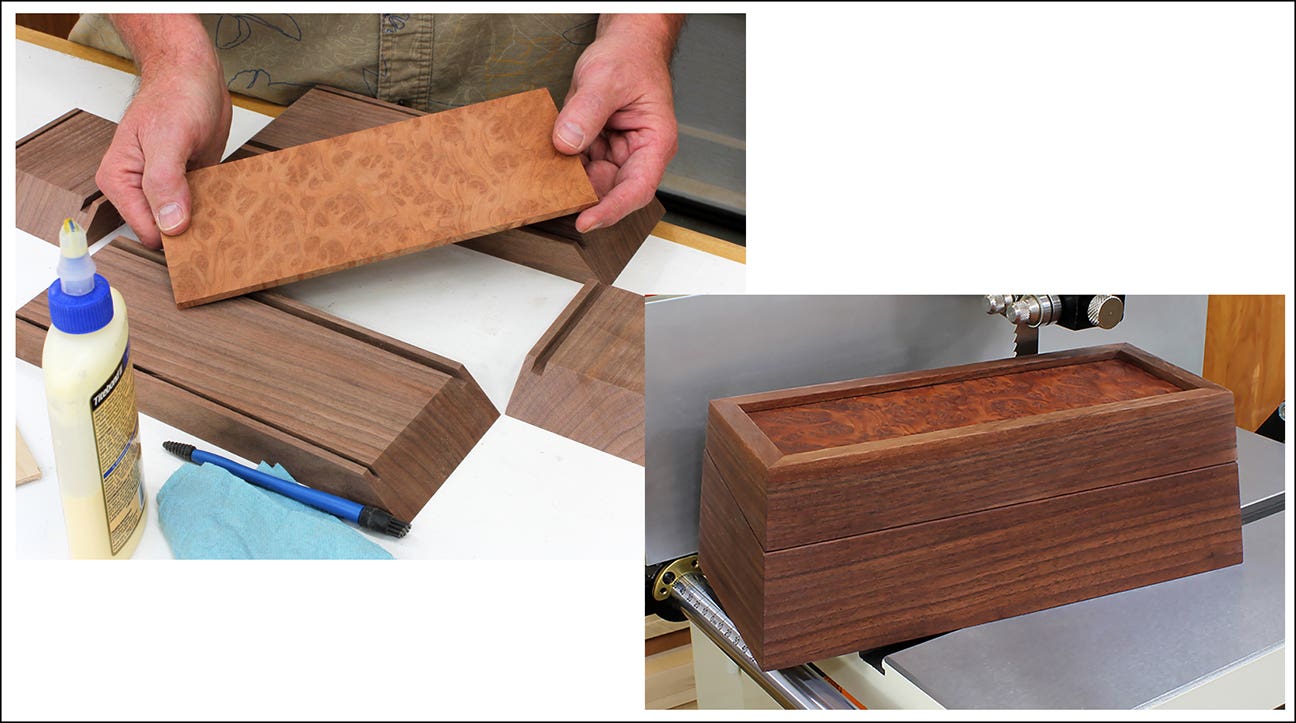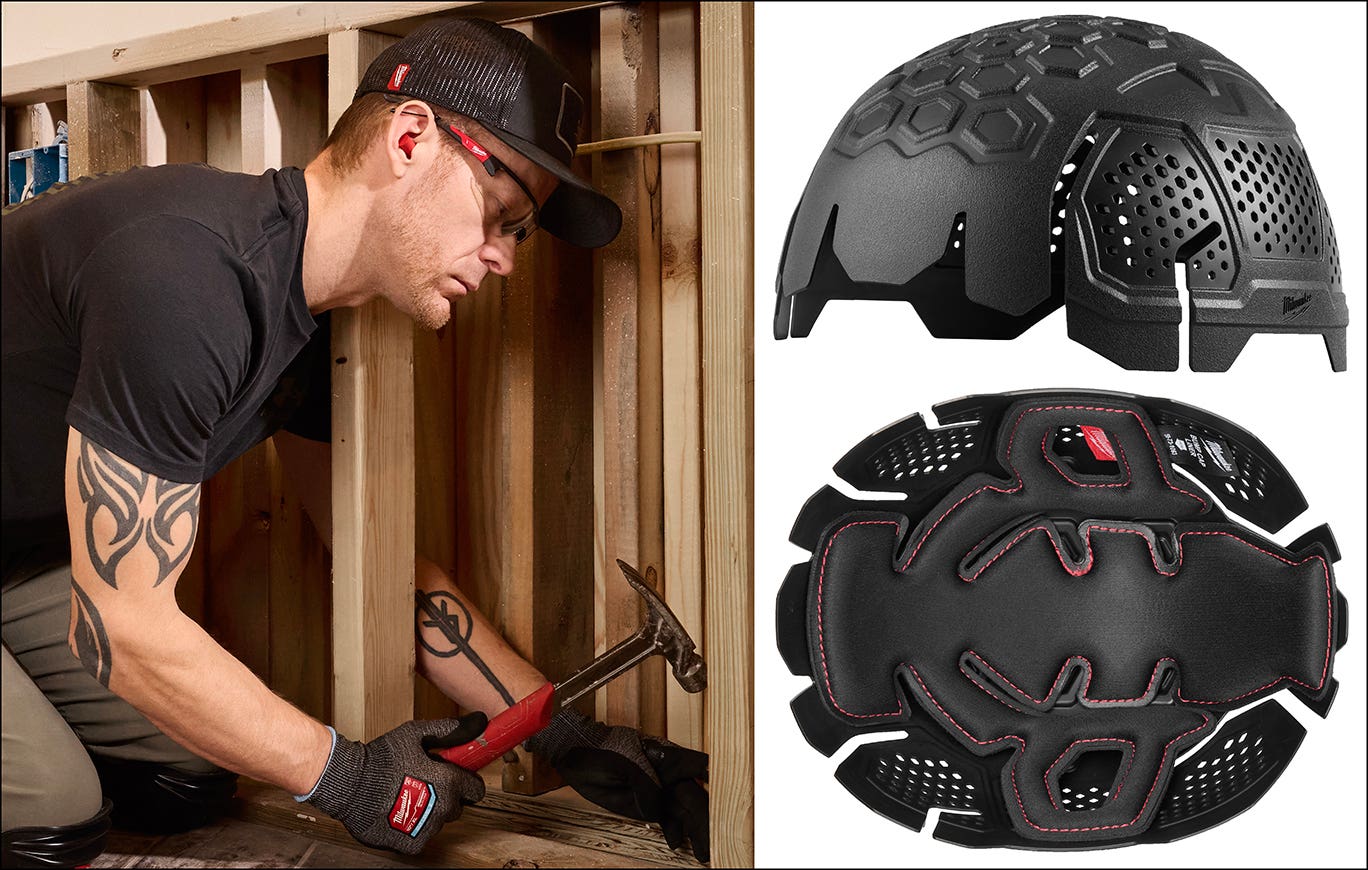Smart coatings might truly change the way you feel
It seems like everything is becoming smart these days: phones, watches, cars and coatings — including paints and finishes. A smart coating is defined as a paint or finish that…
It seems like everything is becoming smart these days: phones, watches, cars and coatings — including paints and finishes.
A smart coating is defined as a paint or finish that can sense and respond to a stimulus in its environment — for example, to pressure, light or heat. Then the coating will react in a predictable way.
One of the most fascinating smart coatings is “pee-back” paint. It’s my favorite example for explaining what a smart coating is.
The party district of Hamburg, Germany is called St. Pauli. The town had a problem. People, mostly guys, would come out of a bar or club late at night and relieve themselves in some dark area, usually against a wall or building.
Signs and warnings didn’t help much. Neither did paying a guard to stand there all night because the person would just find another dark area.
The solution the town settled on was to paint the walls and sides of buildings with a super hydrophobic and oleophobic paint called Ultra-Ever Dry made by Ultra Tech International in Jacksonville, Fla. Hydrophobic means water repellent and oleophobic means oil repellent in this context.
The paint is made using nanotechnology, which creates billions of tiny peaks with air in between. So, essentially, there is an air barrier that repels droplets of pee back onto the shoes of the culprit.
Self-healing
Even more practical smart technologies are being developed by a number of companies called “self-healing” coatings.
It used to be, especially with automotive coatings, that you could remove light scratches by heating the surface. Lacquers are evaporative coatings that aren’t very resistant to heat; they flow when heated. But lacquers are high in solvent content, so they began giving way to enamels in the 1970s because of increasingly strict environmental laws. Enamels are reactive (crosslinking) coatings that don’t flow when heated. So it was no longer possible to fix light scratches with heat.
In the last couple of decades, researchers at several universities, including Illinois and Southern Mississippi, have been working on ways to repair scratches in crosslinked coatings, such as polyurethane, using UV light.
The day might come (fairly soon, actually) when a scratch caused by someone keying your car heals itself simply by sitting out in the sun for a short time. Also, scratches on crosslinked furniture finishes might be made to heal without changing the sheen.
Adhesive paint
You’re probably aware that Google is working on self-driving cars. Well, the company has filed a patent for an adhesive paint to be used on these and other cars that will help reduce injuries to pedestrians hit by these cars.
The coating would be applied to the front end of the car and be composed of an adhesive layer and a topcoat of an “eggshell-like material” that would break away instantly on contact. The pedestrian would stick to the adhesive layer, so as to not bounce off or be thrown over the car.
In the pipeline
Researchers at the University of Reading in the U.K. have developed a self-healing polyurethane that fills in damage at low temperatures, in contrast to several others that work only when heated. Low temperature healing makes this coating not only useful in paints and finishes, but also for healing cuts in the human body.
Scientists in Ireland have developed a water-based coating that can be baked onto a surface to become 99.9 percent resistant to superbugs such as MRSA, E. coli and other fungi. This coating works on glass, metallic and ceramic surfaces without the aid of UV light, so it is great for indoor surfaces — for example, those in hospitals.
It can also be used on many surfaces people touch a lot such as handrails and door handles. The scientists are working on incorporating their technology into paints and plastics for use on many other surfaces, especially cell phones where bacteria can live for up to five months.
A nanotechnology coating developed in Israel at Ben-Gurion University of the Negev impedes the growth of surface bacteria on metal and could be used as an anti-fouling agent in coatings applied to submerged ship hulls and bridge structures. It could also be used on medical implants and surgical tools to prevent infection.
Researchers in San Diego, using slugs as their inspiration (they noticed that slugs come out of the ground at night with no dirt on their bodies), have developed a coating that exudes a silicone substance that is so slick that ice can’t adhere to it. It simply slides off. The silicone substance is secreted from the coating when temperatures fall below freezing and it retreats back into the coating when temperatures rise above freezing. Obvious use: wings on airplanes.
Bob Flexner is author of “Understanding Wood Finishing” and “Wood Finishing 101.”
This article originally appeared in the September 2016 issue.






